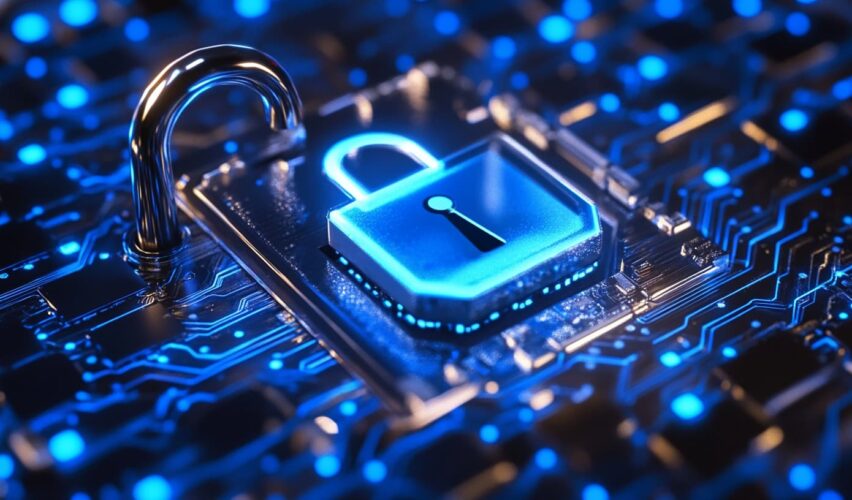The modern enterprise security landscape has evolved dramatically with the widespread adoption of advanced surveillance technologies. As organizations increasingly rely on sophisticated camera networks to protect their assets and ensure operational safety, the cybersecurity implications of these systems have become paramount. The convergence of physical security and information technology has created new challenges that demand comprehensive security strategies.
In recent years, the vulnerability of enterprise surveillance systems to cyber threats has become increasingly apparent, with several high-profile incidents highlighting the potential risks. These breaches have demonstrated that traditional security measures are insufficient in protecting modern surveillance infrastructure from sophisticated cyber attacks.
The automated camera system represents a complex network of interconnected devices, each potentially serving as an entry point for malicious actors. These systems, which often incorporate artificial intelligence and machine learning capabilities, process and store sensitive data that requires robust protection. The security of these systems extends beyond the cameras themselves to encompass the entire infrastructure, including network components, storage systems, and management platforms.
System Architecture and Security Foundations
At the heart of a secure enterprise surveillance infrastructure lies a carefully designed network architecture that prioritizes security without compromising functionality. Modern implementations require network segmentation, where camera systems operate on isolated networks separate from general enterprise traffic. This segmentation is typically achieved through Virtual Local Area Networks (VLANs) and physical network separation, creating distinct security zones that limit the potential impact of security breaches.
The secure deployment of camera hardware represents another critical aspect of system security. Each device must be treated as a potential vulnerability point, requiring careful consideration of physical security measures, firmware integrity, and secure boot processes. Modern security cameras should support encrypted firmware updates and incorporate tamper detection mechanisms to maintain system integrity.
Data protection encompasses both storage and transmission security. All video feeds and related metadata must be encrypted during transmission using industry-standard protocols such as TLS 1.3. Storage systems require similar protection, with encryption at rest ensuring that recorded footage remains secure even if physical storage devices are compromised. These measures must be implemented without introducing significant latency or compromising system performance.
Access Control and Network Security
Effective access control serves as the foundation of system security, requiring robust authentication mechanisms for both users and devices. Organizations must implement role-based access control systems that limit user privileges based on job functions and security clearance levels. This approach should be complemented by multi-factor authentication for administrative access and regular access review procedures to maintain system security.
Network security requires a defense-in-depth approach that combines multiple protective layers. Perimeter security begins with properly configured firewalls and intrusion detection systems that monitor network traffic for suspicious activities. Deep packet inspection and protocol validation help prevent unauthorized access attempts and protect against various network-based attacks. Regular security assessments and penetration testing help identify and address potential vulnerabilities before they can be exploited.
Communication security extends beyond basic encryption to include protocol security and secure streaming implementations. Modern systems should employ secure protocols for all device communication, with deprecated and insecure protocols disabled by default. Certificate-based authentication helps ensure that only authorized devices can connect to the network, while secure key management practices protect against unauthorized access.
Threat Detection and Incident Response
Continuous monitoring of system activity is essential for identifying potential security threats. Security information and event management (SIEM) systems collect and analyze log data from all system components, enabling rapid detection of suspicious activities. Advanced analytics and machine learning algorithms can help identify patterns that might indicate attempted breaches or system compromise.
When security incidents occur, organizations must have well-defined response procedures in place. These procedures should outline specific steps for incident investigation, containment, and system recovery. Documentation requirements ensure that security incidents are properly recorded and analyzed, enabling continuous improvement of security measures and providing necessary information for potential legal proceedings.
Compliance and Regulatory Requirements
Enterprise camera systems must comply with various regulatory requirements and industry standards that govern data protection and privacy. Organizations operating in multiple jurisdictions face particular challenges in meeting diverse regulatory requirements, including the General Data Protection Regulation (GDPR), California Consumer Privacy Act (CCPA), and industry-specific regulations.
Compliance frameworks require organizations to maintain detailed documentation of their security measures and regular security assessments. This documentation must demonstrate the implementation of appropriate technical and organizational measures to protect surveillance data. Regular audits help ensure ongoing compliance and provide opportunities to identify areas for improvement in security controls.
Privacy considerations play a crucial role in system design and operation. Organizations must implement privacy-by-design principles, ensuring that surveillance systems collect and retain only necessary data. This includes implementing appropriate retention periods, access controls, and data minimization practices that align with regulatory requirements while maintaining system effectiveness.
Maintenance and Security Updates
System maintenance represents a critical aspect of ongoing security management. Regular updates and patches must be applied to all system components, including camera firmware, network devices, and management software. Organizations should implement a formal patch management process that includes testing procedures to ensure updates do not disrupt system operation.
Security testing should be conducted regularly to validate system defenses and identify potential vulnerabilities. This includes both automated vulnerability scanning and manual penetration testing by qualified security professionals. Test results should inform ongoing security improvements and help prioritize remediation efforts.
Configuration management ensures that security settings remain consistent across all system components. Organizations should maintain detailed documentation of security configurations and implement change management procedures to control system modifications. Regular configuration audits help identify unauthorized changes and ensure compliance with security standards.
Future Considerations and Recommendations
The security landscape for enterprise camera systems continues to evolve, driven by emerging threats and technological advances. Organizations must stay informed about new security challenges and adapt their defensive measures accordingly. This includes evaluating new security technologies and updating security procedures to address evolving threats.
Artificial intelligence and machine learning technologies are increasingly being integrated into both surveillance systems and security tools. While these technologies offer enhanced capabilities, they also introduce new security considerations that organizations must address. Security teams must understand both the benefits and potential vulnerabilities associated with these advanced technologies.
Conclusion
The security of enterprise automated camera systems requires a comprehensive approach that addresses both technical and operational aspects of cybersecurity. Organizations must implement robust security controls while maintaining system functionality and meeting regulatory requirements. Regular assessment and updating of security measures ensures continued protection against evolving threats.
Success in securing these systems depends on understanding the interconnected nature of modern surveillance infrastructure and implementing appropriate controls at all levels. Organizations should prioritize security in system design and maintenance, ensuring that protection measures evolve alongside both threats and technology.
The future of enterprise surveillance security will likely see increased integration of artificial intelligence and automated threat response capabilities. Organizations that establish strong security foundations today will be better positioned to adapt to these changes while maintaining effective protection of their surveillance infrastructure.




